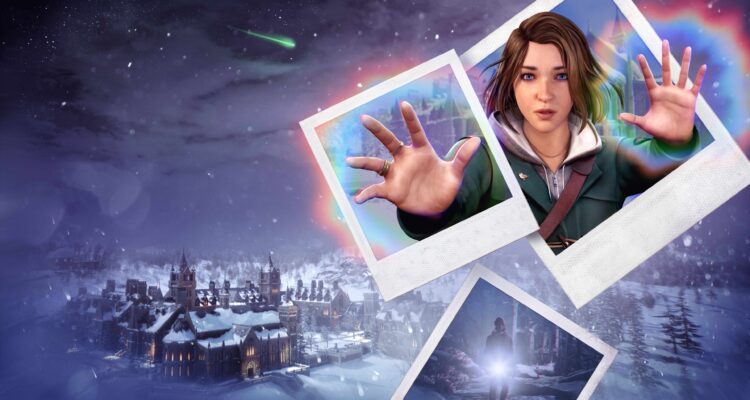Developed by DONTNOD and published by Square Enix, the original Life is Strange released during the heyday of episodic games. It ended up being one of the better ones, too, and has left a lasting mark on many. As such, it’s no surprise that it spawned a franchise, with a prequel (Before the Storm), a sequel (Life is Strange 2) and another game called Life is Strange: True Colors, not to mention at least a couple tie-in novels.
The first game and True Colors are two of this reviewer’s favourite games, and both stand out when looking back. However, I never did get into the unrelated second game, though I plan to go back to it someday. Before the Storm was also good, but not as good.
Although the story of Max Caulfield and her blue haired friend, Chloe, was very memorable and well received, they were left behind by the series’ more recent releases. That is not the case with its new entry, Life is Strange: Double Exposure, which carries Max’s story on. However, instead of picking up after the tragic events of the first game, it’s set in the future where a now adult Max is a resident photographer/professor at a liberal arts university in snowy Vermont.
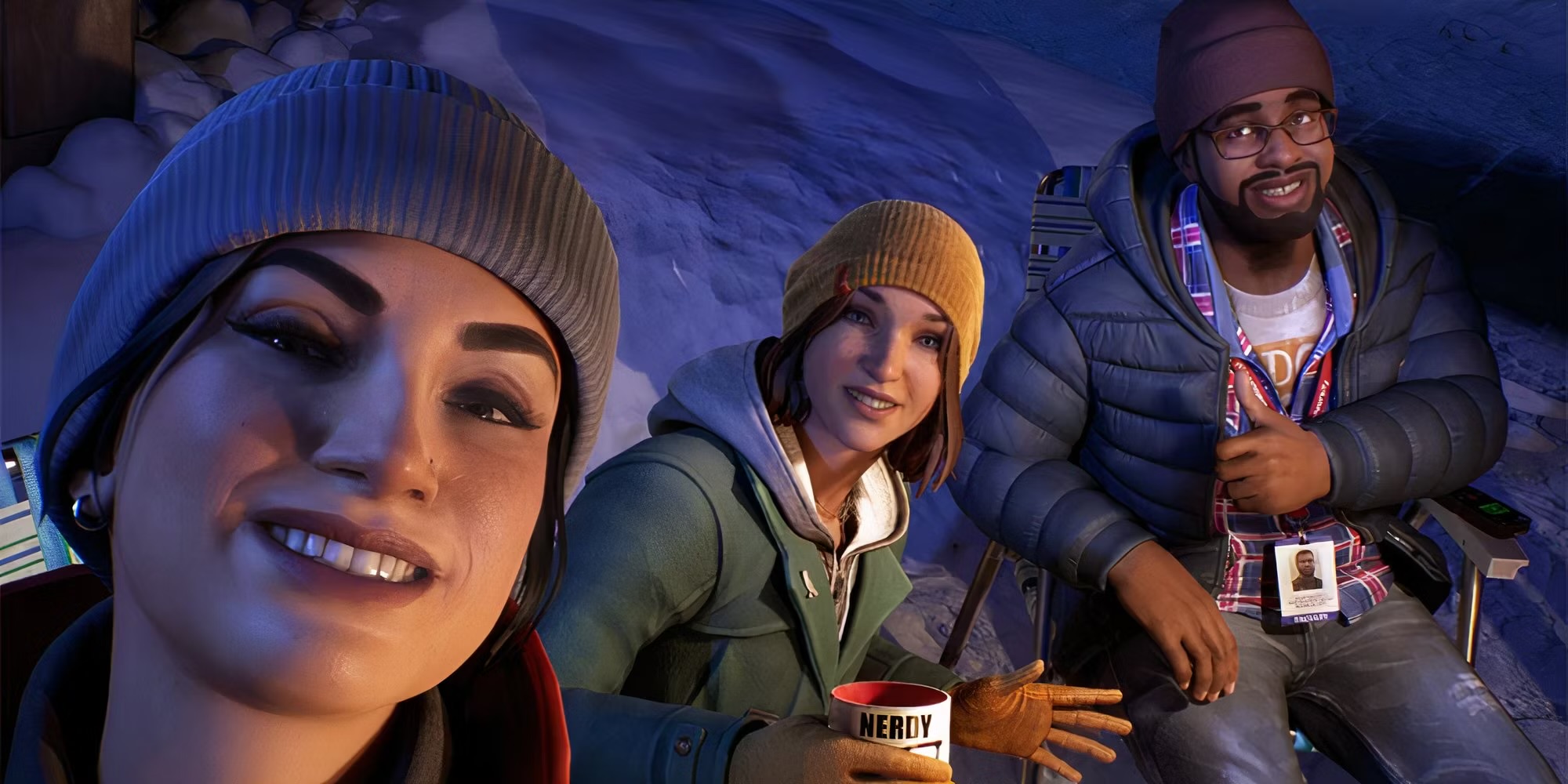
We regroup with this protagonist during a happy time. She’s found new friends, and is enjoying teaching photography to eager students, though she admits that it’s hard to critique their efforts. One of these friends is Safi — the daughter of the head of prestigious and old Caledon University. Despite being new-ish chums, they’ve become quite close.
After a great night spent socializing, stargazing and trying to get Safi to reveal her big news, the young woman is found dead at the top of an overlook. It seems that she’s been shot, though it’s not clear who did it or why. Suicide is considered, but that doesn’t seem plausible. A detective is brought in, and classes are cancelled as the post-secondary institution goes into mourning.
It’s around this time that Max discovers that her powers — thought to be long dormant by then — have returned, albeit in a different form. She begins to notice echoes of a different reality, and comes to discover that she’s able to transition from her current dimension to another where Safi is alive and well. This becomes the crux of Double Exposure’s narrative and choice driven gameplay.
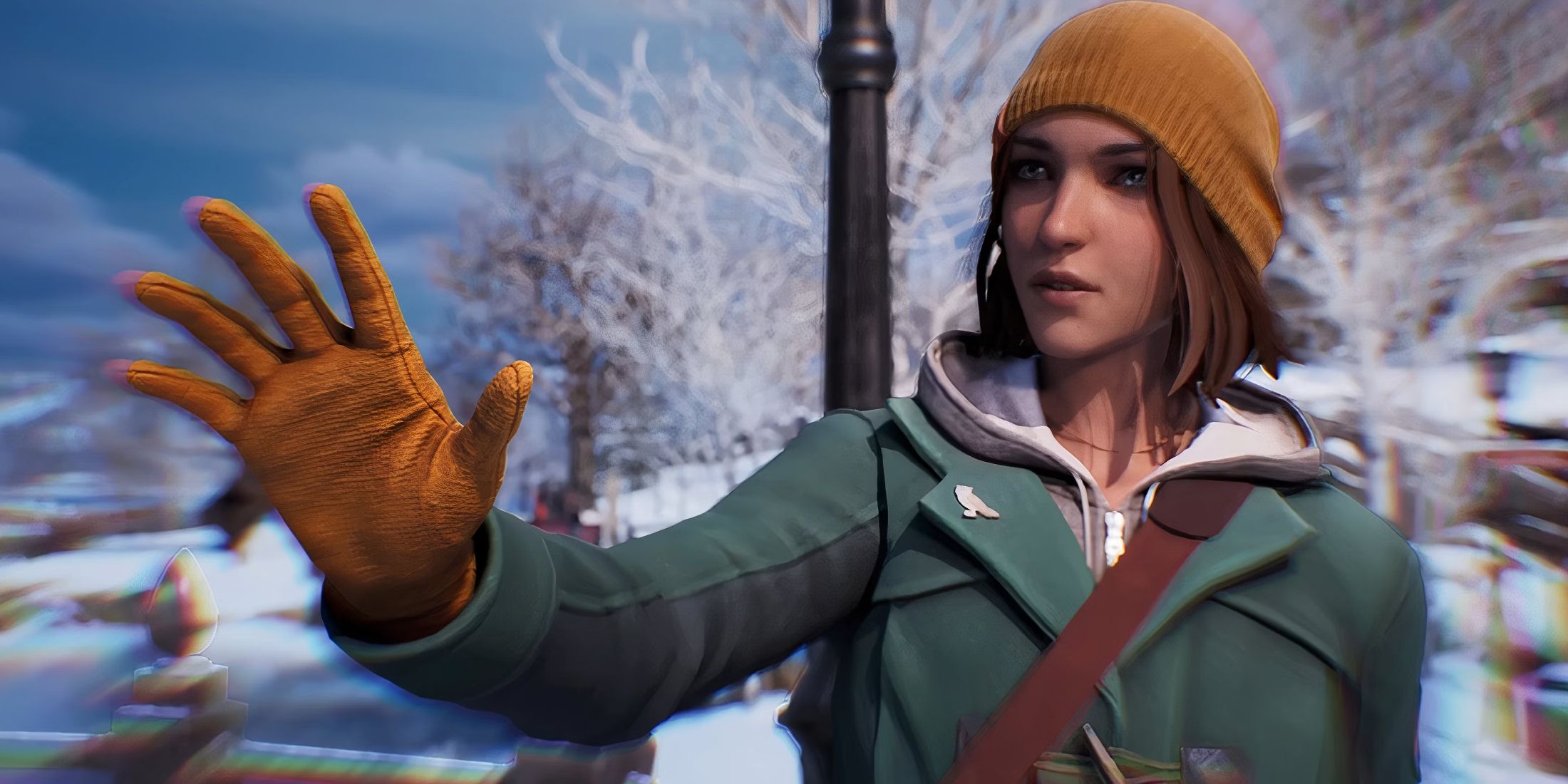
Although this new release has launched in full, it does feature episodes or chapters. There are five of them, and most are quite lengthy, leading to a game that will take you perhaps ten hours to complete. At least, if you take your time like I did.
Generally speaking, the gameplay loop is what you’d expect from the summary: you must deal with two different versions of important characters, like Safi, her mother, a couple of potential love interests and a disgraced professor. Switching between dimensions will help you piece together what happened, while also allowing you to solve light ‘puzzles’. Each one also has its secrets to uncover.
Using Max’s new powers is only possible at highlighted areas, where sparkles and a humming noise make it obvious. They’re always nearby, though, so don’t fret. In fact, Life is Strange: Double Exposure is a bit too ‘hand-holdy’ and isn’t too difficult as a result.
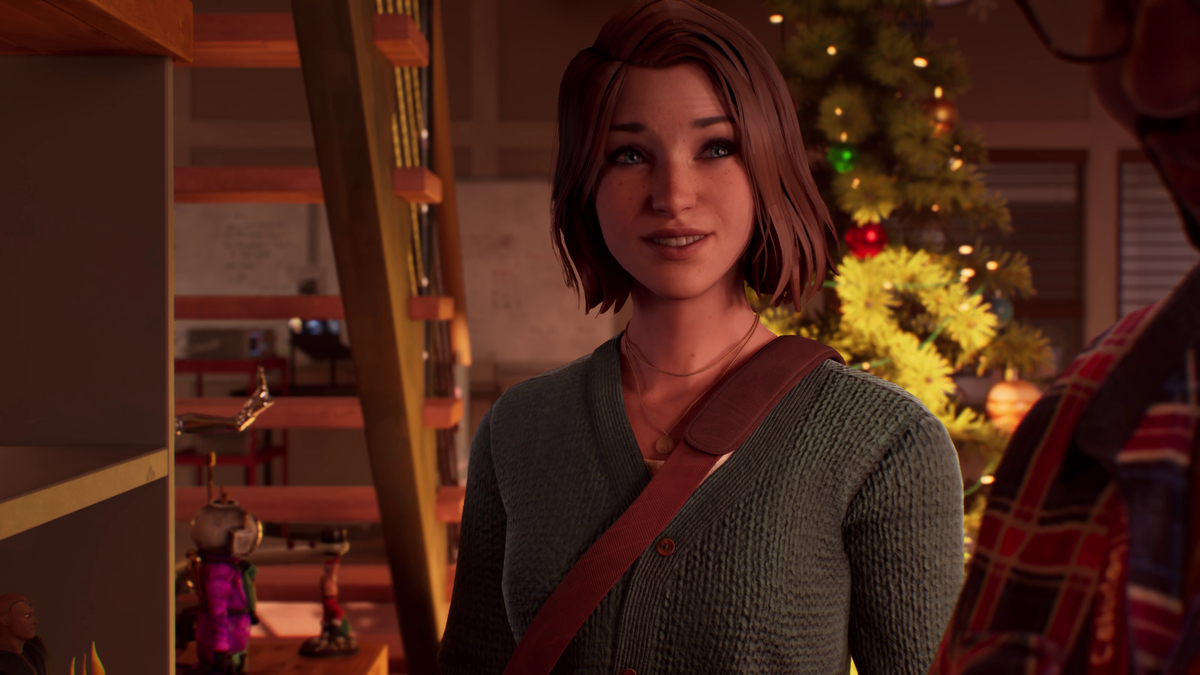
As you explore each different, but similar, dimension you’ll discover secondary gameplay events. These can be as simple as fixing paintings that were turned upside down, watering plants or the like, but there are also times where multiple steps are involved, such as helping a friend finish a gingerbread house or assisting a guy who needs a bathroom key. There’s also a puzzle box to solve if you wish. These lead to earning extra achievements, as does romancing at least one of the two potential matches. You’ll need to do several play throughs to get all of those achievements though, and will need to do two to earn the one for completing the game with each conclusion of the original game. You get to choose at the beginning, and can decide whether Chloe is alive, though she doesn’t factor in much.
I took my time and tried to interact with everything, while also attempting to complete all secondary events. Still, I missed some things and failed at another. I also did this in order to find all of the hidden Polaroids, and to take all of the optional photographs, which can be double exposed for neat, ghostly effects.
The story of Life is Strange: Double Exposure is one I found interesting and became immersed within, though it did have some pacing issues. I liked interacting with most of the new characters, and exploring the environments, though they do become both limited and repetitive. The campus felt alive, despite limited NPCs, and kept changing, with different art projects showing up for interactive purposes. The secondary cast also felt real, despite an art style that is a mix between realism and colour.
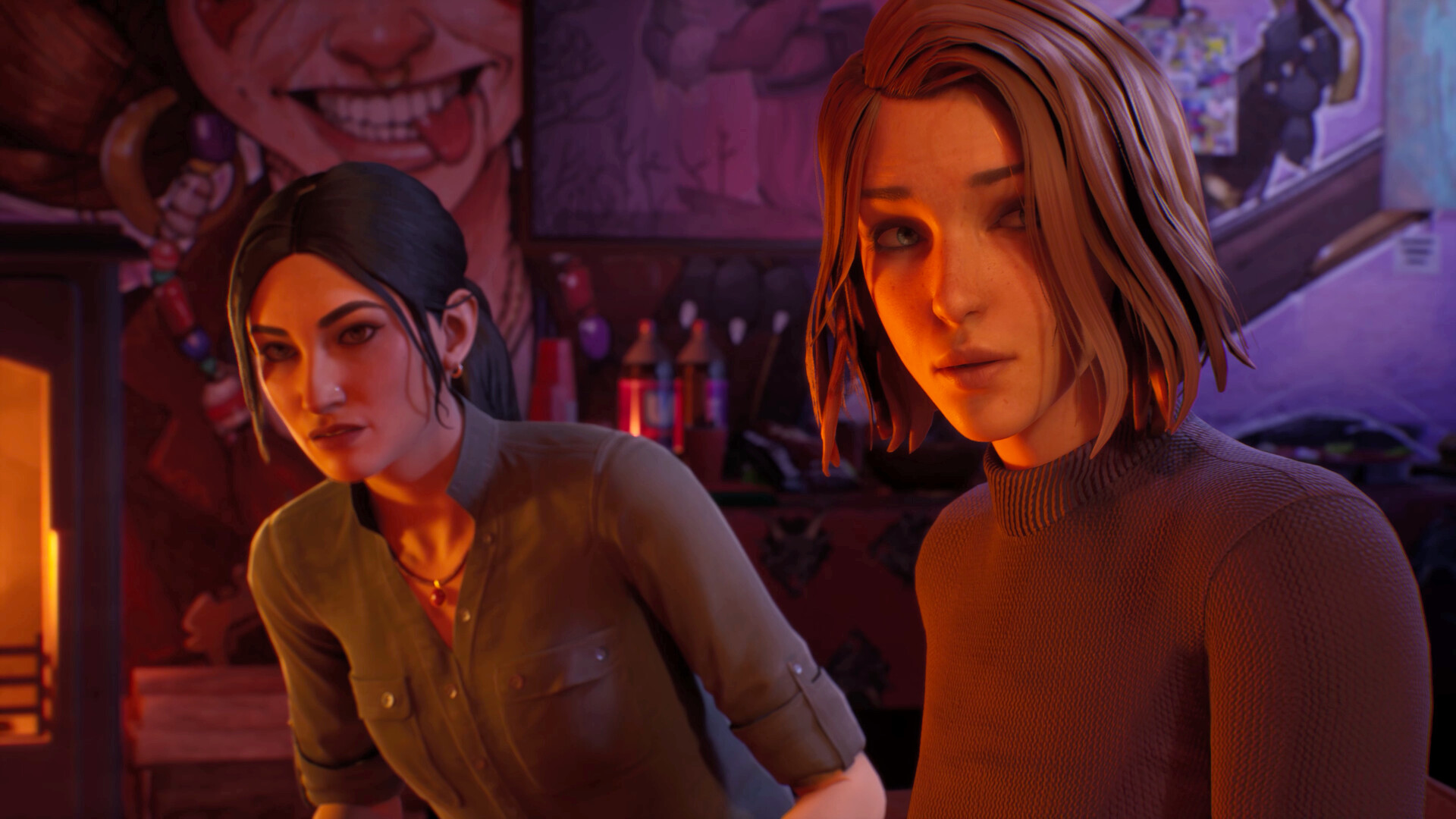
I especially liked the relationships between Max and Amanda, who owns the campus bar that features quite prominently, and the one between her and an astronomer named Moses.
You can interact with these characters in person and, occasionally, through social media or text. Everything Max photographs ends up on the game’s version of Twitter, and other characters post regularly. Meanwhile, you’ll receive and need to reply to limited text messages.
There’s a pretty good amount of dialogue choice, as well as chances to make decisions that shape how the game progresses. However, it seems like the ending is mostly the same regardless, outside of a final choice you get to make. It even features a post-credits scene that has me worried, and will likely receive negative comments from some others.
That said, the core Life is Strange: Double Exposure experience and story is interesting and immersive, as well as above-average. It just ends on a note that I never would’ve expected from this franchise, and I question whether the team at Deck Nine (who helmed two of the previous games) made the right decision. Only time will tell, though.
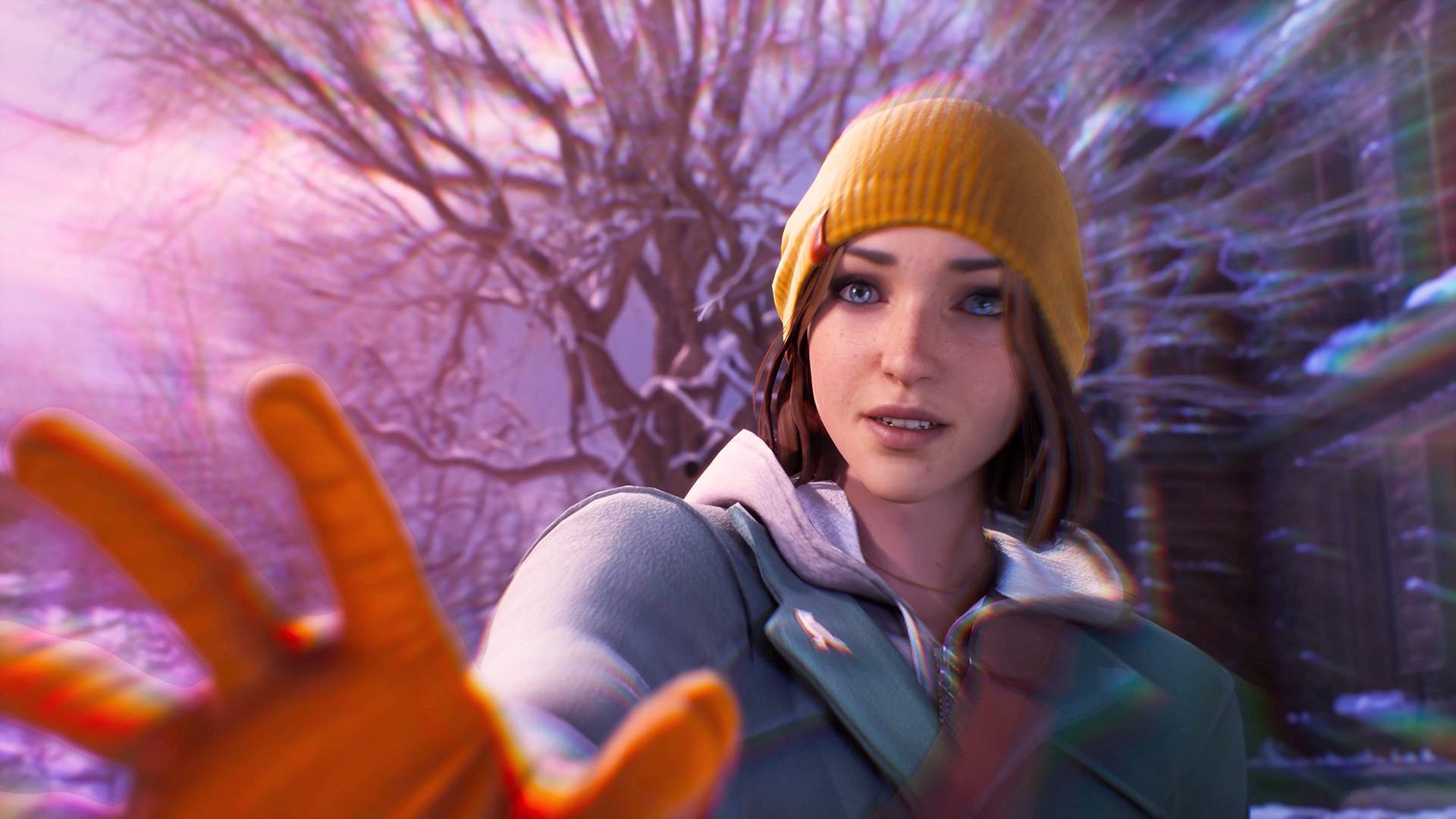
Don’t skip this one because of what I said, because you’ll miss a quality game. It just sets up potential follow-ups in a weird and unexpected way.
Like those before it, Life is Strange: Double Exposure is a beautiful game. Taking place during Christmastime in rural Vermont, its snowy campus pops, and is aided by nice hints of colour and design. The world of Caledon University is colourful and detailed, and it all looks great, including some really detailed and emotive character models. For the most part, it also performs really well. There was the odd hitch or hiccup as I navigated environments, and I reloaded one checkpoint because I didn’t see button prompts appear. Those were the only issues I had, and they were hardly noteworthy or problematic.
The voice acting is, as per usual, fantastic. Most of the writing is also of quality, leading to characters with depth that feel alive. Sure, there’s a bit of emo angst, but that’s kind of par for the course and didn’t bother me. Max is much more grown up, so it’s not all that common.
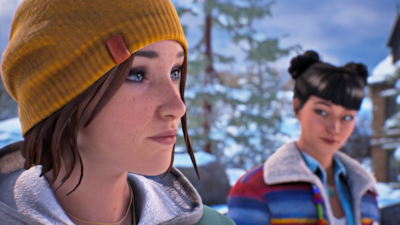
I played through this game using a new headset, and found that it mostly sounded great. In addition to the well above-average voice acting, there’s some really good indie music that plays throughout the campaign. The sound effects and original music are also good, though there were a couple of times where too much was happening within the soundscape, leading to it sounding a bit chaotic or muddy.
At the end of the day, Life is Strange: Double Exposure is a quality and above-average game that ends on a questionable note. I can see its ending being polarizing, but don’t think it takes too much away from what is a good game. This may not be the best entry in the series, but it continues the franchise’s general tradition of being well-crafted experiences.
This review is based on the Xbox Series X version of the game, which we were provided with.

